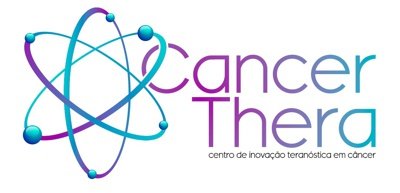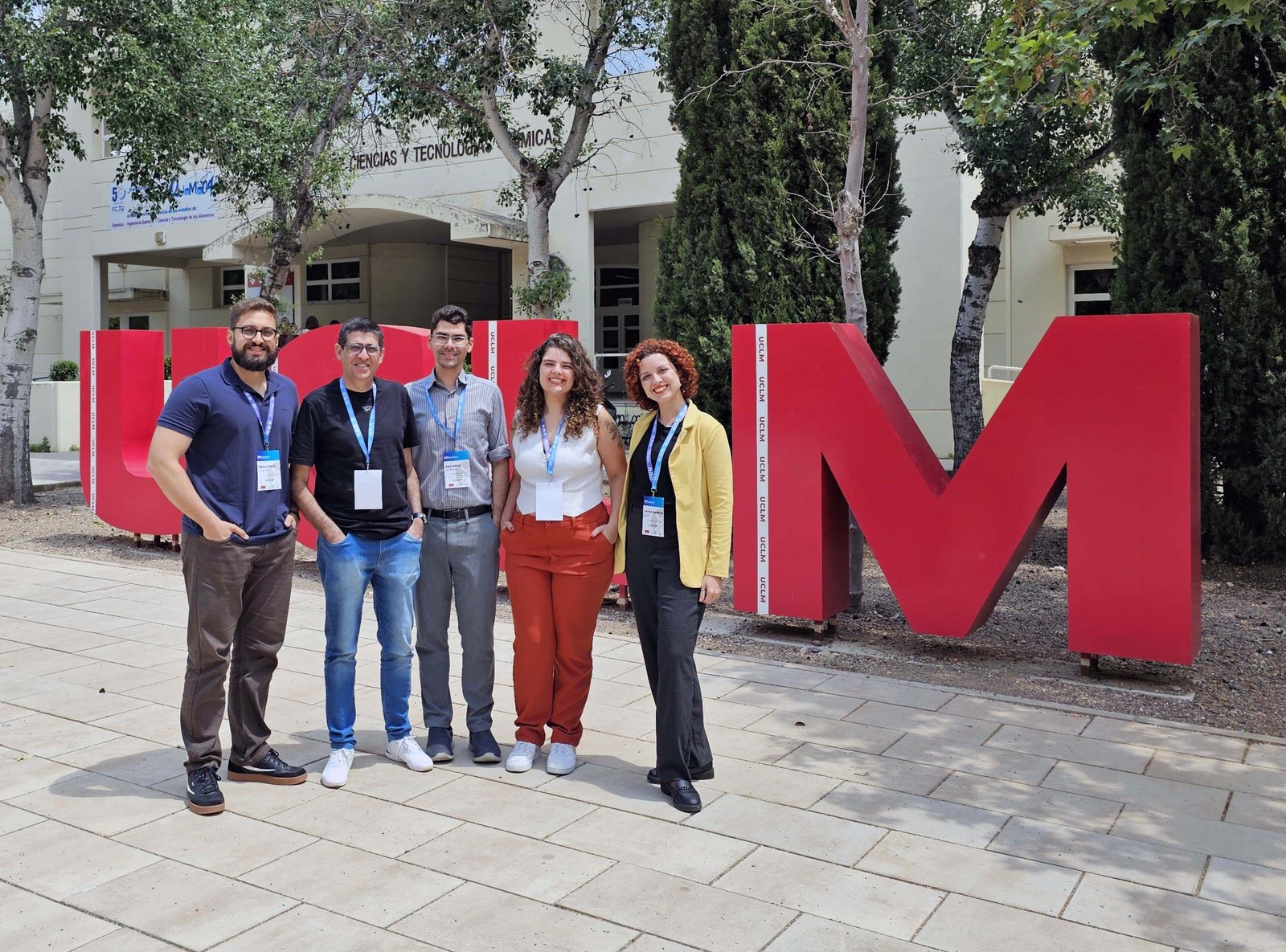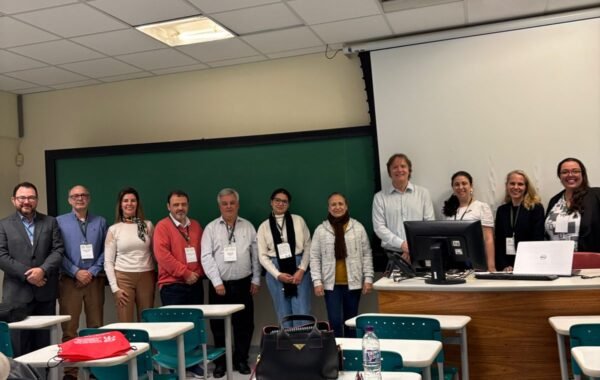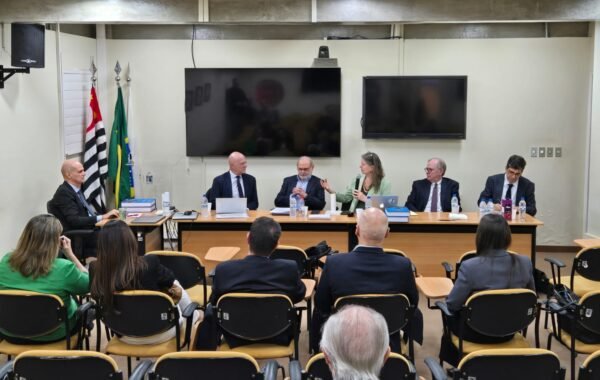The research group led by Dr. Pedro Paulo Corbi, professor at the Institute of Chemistry of the University of Campinas (IQ/Unicamp), head of the Laboratory of Bioinorganic and Medicinal Chemistry (LQBM), and principal investigator at the CancerThera CEPID, took part in BioCiudadReal 2025, one of the world’s leading events focused on Bioinorganic and Medicinal Chemistry, held in Ciudad Real, Spain, from June 2 to 4.
The group presented four studies addressing the therapeutic potential of metal complexes – mainly silver, copper, and palladium – with antitumor, antiviral, and antibacterial applications.
Strong innovation potential
Among the studies was research on silver(I) complexes containing thiouracil analogs, which showed promising antiproliferative activity against tumor cell lines. Another work examined how different counterions influence the biological profile of the bis-(1,10-phenanthroline)copper(II) complex, revealing important variations in its interaction with biomolecular targets.
The team also presented findings on the synthesis and characterization of copper(II) complexes with sulfonamide-derived Schiff bases, which showed notable antibacterial activity. In the field of virology, an innovative study was presented on a palladium(II) complex with a Schiff base derived from amantadine, which exhibited antiviral activity against the Chikungunya virus.
The selection of transition metals is based on their historical therapeutic efficacy, electronic properties, and functionalization potential. In addition to evaluating biological activity, the studies used instrumental methods to better understand the interaction of the compounds with biological targets, increasing the precision of the research.
“Many of the antiviral molecules we work with also show potential for treating other diseases, such as cancer, which is the main research focus of our group at Unicamp,” explains Laura Barros Silva, PhD candidate at IQ/Unicamp and member of LQBM.
The results presented at BioCiudadReal 2025 pave the way for the development of new drug candidates, with some compounds already being considered for more advanced stages, including in vivo preclinical testing. “The compounds developed by our group have strong technological and innovation potential. Some may even be patented in the near future,” says Corbi, who also serves as the head of Innovation at CancerThera.
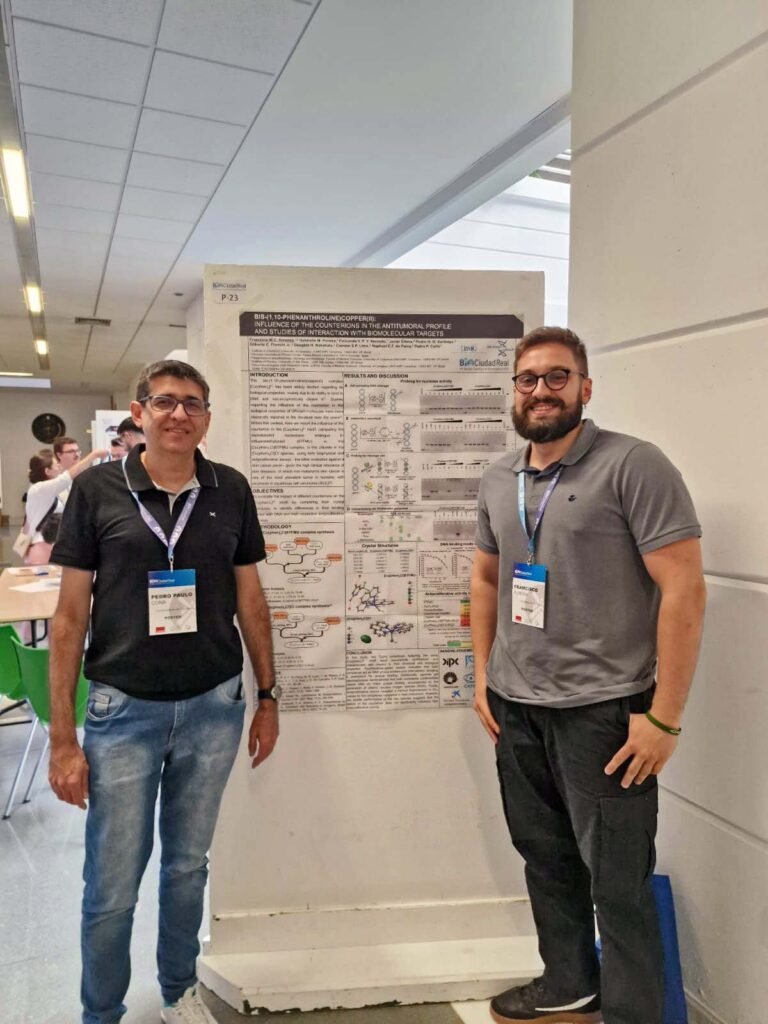
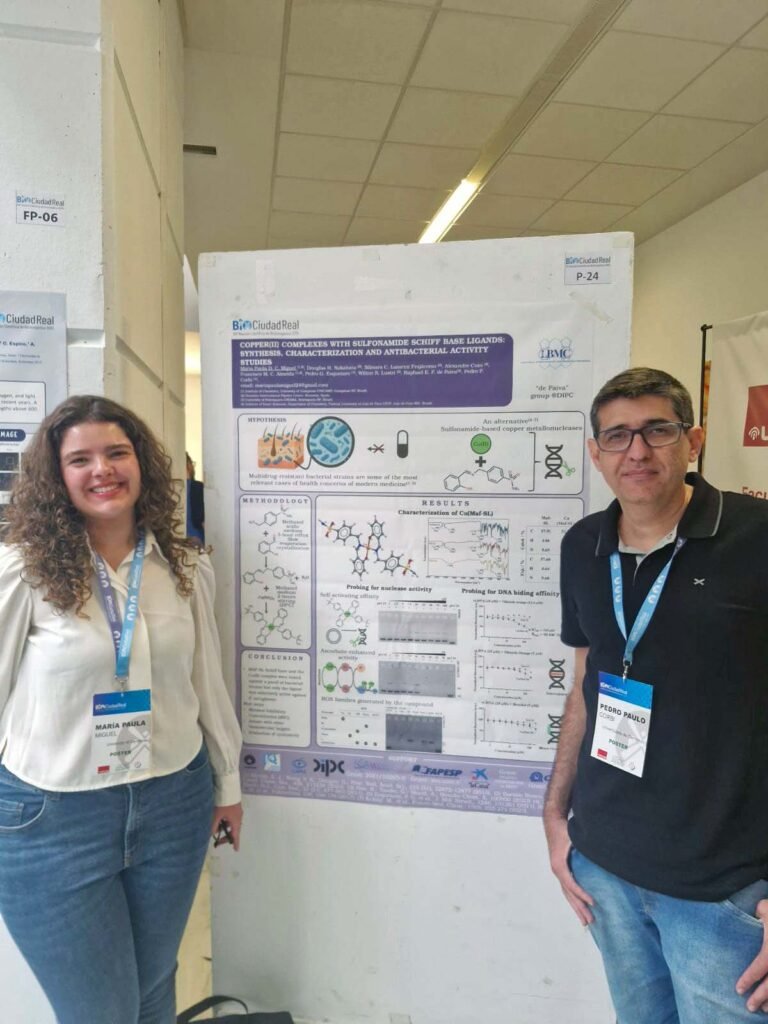
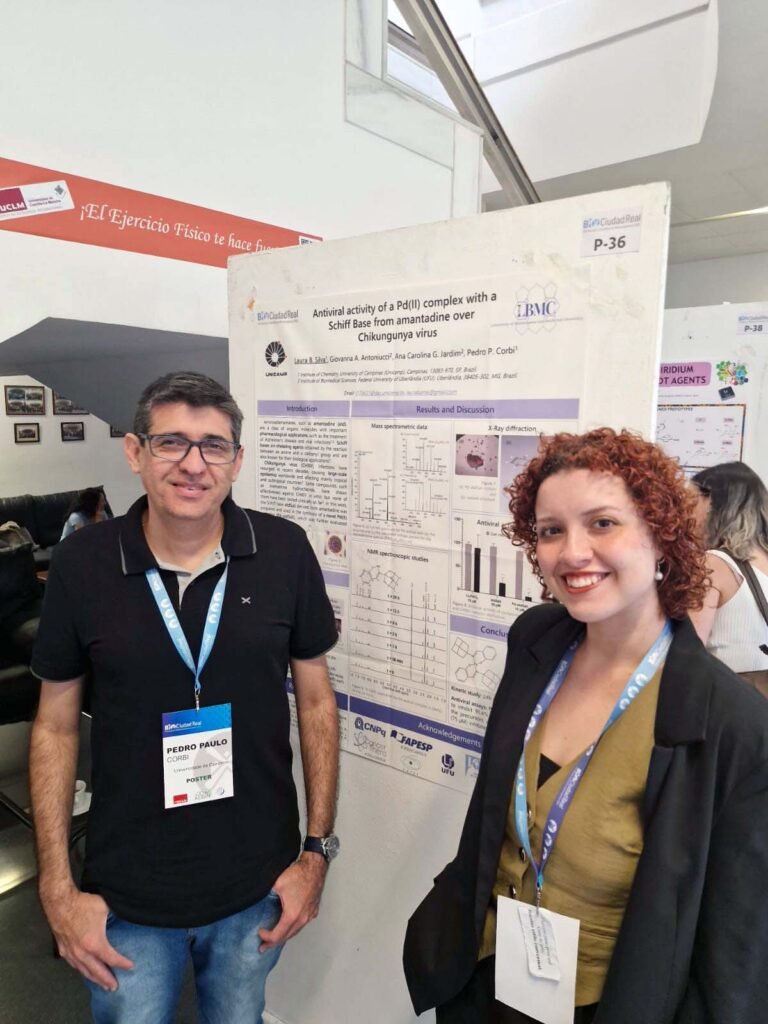
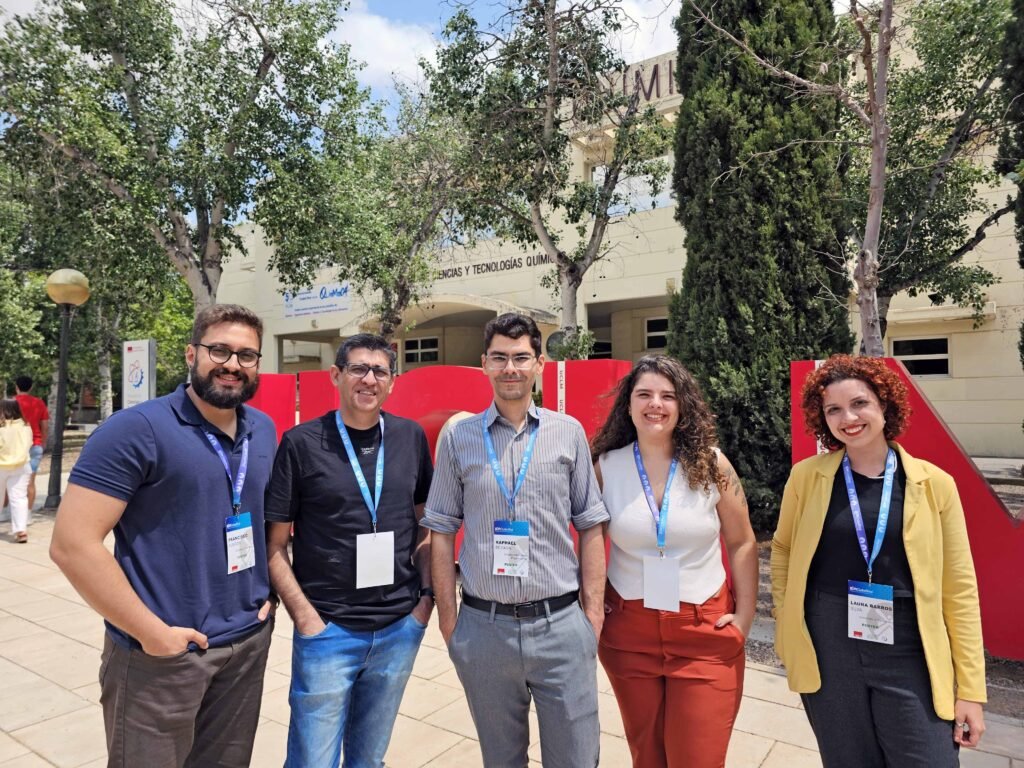
Academic and cultural exchange
According to Corbi, the event allowed the team not only to share recent results but also to exchange experiences with international groups and explore new scientific collaborations. “Participation of graduate students in international scientific events is fundamental to training future researchers. Presenting their work in different languages also enriches their scientific and cultural backgrounds,” he adds.
The graduate students were able to learn about the latest trends in Bioinorganic Chemistry and interact with world-renowned researchers, gaining deeper insights into their studies and methodologies. “All this learning greatly expanded our understanding and perspectives on metal-based chemistry, giving us new ideas for research in Brazil,” says Maria Paula Dias Carneiro Miguel, a master’s student in Chemistry at IQ/Unicamp and LQBM member.
In this regard, Silva was especially thrilled to present her poster to researchers whose work she frequently cites, such as Ingo Ott and Maria Gil-Moles. “The networking at these conferences is amazing,” she says.
As the only non-European group presenting at the event, their participation highlighted the quality of Brazilian research and fostered discussions on experiments and collaborations. “I was really happy to spark interest in Brazil and our research system and to share more about our culture and traditions,” says Francisco Mastrobuono Cordeiro de Almeida, master’s student at IQ/Unicamp and LQBM.
Currently, the research is funded by Brazilian agencies such as the São Paulo Research Foundation (FAPESP), the Coordination for the Improvement of Higher Education Personnel (CAPES), the National Council for Scientific and Technological Development (CNPq), and the Minas Gerais Research Foundation (FAPEMIG), as well as international institutions like the La Caixa Foundation.
The group plans to continue submitting proposals to international calls, aiming to strengthen partnerships started at the congress and to explore new ones. “I’m looking forward to preparing new metal complexes and further exploring their medicinal applications. I’m already excited to get back to the lab!” says Silva.
Text: Romulo Santana Osthues | Photos: Personal archive


